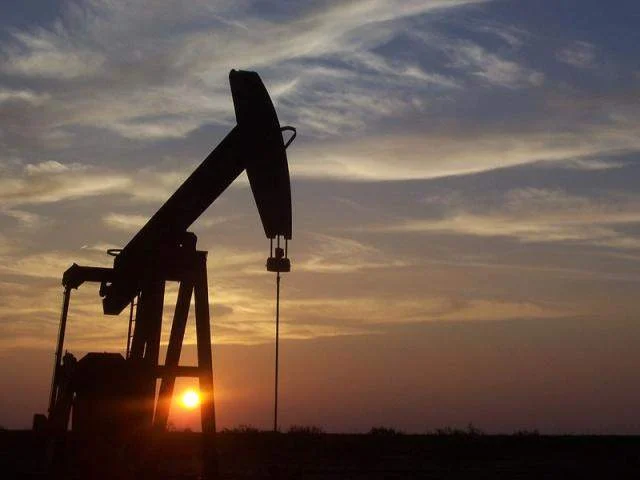After 10 years of production, shale gas in the United States cannot be considered commercially viable, according to several scientists recently presenting at the Geological Society of America meeting in Denver.
They argue that while the use of hydraulic fracturing and horizontal drilling for “tight oil” is an important contributor to U.S. energy supply, it is not going to result in long-term sustainable production or allow the U.S. to become a net oil exporter.

Charles A.S. Hall, professor emeritus at the College of Environmental Science and Forestry, State University of New York, Syracuse, is an expert on how much energy it takes to extract energy, and therefore which natural resources offer the best energy return on investment (EROI). He will describe two studies: one of the global patterns of fossil-fuel production in the past decade, and the other of oil production patterns from the Bakken Field (the giant expanse of oil-bearing shale rock underneath North Dakota and Montana that is being produced using hydraulic fracturing).
Both studies show that despite a tripling of prices and of expenditures for oil exploration and development, the production of nearly all countries has been stagnant at best and more commonly is declining — and that prices do not allow for any growth in most economies.
“The many trends of declining EROIs suggest that depletion and increased exploitation rates are trumping new technological developments,” Hall said.
J. David Hughes, president of the Canadian firm Global Sustainability Research Inc., echoes Hall with an analysis of the Bakken Field and the Eagle Ford Field of Texas, which together comprise more than half of U.S. tight oil production. It shows that drilling must continue at high levels, to overcome field decline rates of 40 percent per year.
Drilling rates of more than 3,000 wells annually in the Eagle Ford, and more than 1,800 wells annually in the Bakken, are sufficient to offset field decline and grow production — for now. If drilling at these high rates is maintained, production will continue to grow in both fields for a few more years until field decline balances new production. At that point drilling rates will have to increase as “sweet spots” (relatively small high-productivity portions of the total play area) are exhausted and drilling moves into lower-productivity regions, in order to further grow or even maintain production.
The onset of production decline will likely begin before the end of the decade, Hughes said.
“These sweet spots yield the high early production observed in these plays, but the steep decline rates inevitably take their toll. “
Arthur E. Berman, a geological consultant for Labyrinth Consulting Services, Inc., of Sugar Land, Texas, deems the U.S. 10-year history of shale-gas extraction “a commercial failure. ” However, he says, this will not be the case forever. “Prices will increase to, at least, meet the marginal cost of production. More responsible companies will dominate and prosper as the U.S. gas market re-balances and weaker players disappear.”
Hughes sums up: “Tight oil is an important contributor to the U.S. energy supply, but its long-term sustainability is questionable. It should be not be viewed as a panacea for business as usual in future U.S. energy security planning.”






